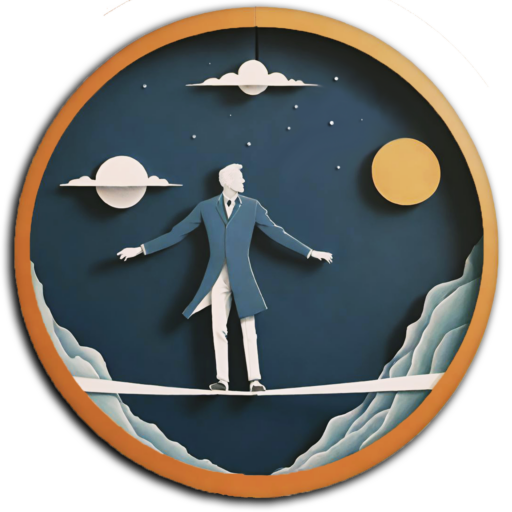–
[ezcol_1half]–
Six Significant Landscapes
–
i
–
an old man sits
in the shadow of a pine tree
in china.
he sees larkspur,
blue and white,
at the edge of the shadow,
move in the wind.
his beard moves in the wind.
the pine tree moves in the wind.
thus water flows
over weeds.
–
ii
–
the night is of the color
of a woman’s arm:
night, the female,
obscure,
fragrant and supple,
conceals herself.
a pool shines,
like a bracelet
shaken in a dance.
–
iii
–
I measure myself
against a tall tree.
I find that I am much taller,
for I reach right up to the sun,
with my eye;
and I reach to the shore of the sea
with my ear.
nevertheless, I dislike
the way the ants crawl
in and out of my shadow.
–
iv
–
when my dream was near the moon,
the white folds of its gown
filled with yellow light.
the soles of its feet
grew red.
its hair filled
with certain blue crystallizations
from stars,
not far off.
–
v
–
not all the knives of the lamp-posts,
nor the chisels of the long streets,
nor the mallets of the domes
and high towers,
can carve
what one star can carve,
shining through the grape-leaves.
–
vi
–
rationalists, wearing square hats,
think , in square rooms,
looking at the floor,
looking at the ceiling.
they confine themselves
to right-angled triangles.
if they tried rhomboids,
cones, waving lines, ellipses —
as for example, the ellipse of the half moon —
rationalists would wear sombreros.
[/ezcol_1half] [ezcol_1half_end]–
seis paisajes significativos
–
I
–
Un hombre viejo está sentado
A la sombra de un pino
En China.
Ve una consólida,
Blanquiazul,
Al borde de la sombra,
Moverse con el viento.
Su barba ondea con el viento.
El pino ondea con el viento.
Así el agua fluye
Sobre la maleza.
–
II
–
La noche es del color
De un brazo de mujer:
Noche, la hembra,
Oscura
Fragante y flexible,
Se oculta.
Una charca brilla
Como un brazalete
Que se agita en la danza.
–
III
–
Me mido a mí mismo
En un árbol alto.
Descubro que yo soy mucho más alto,
Porque alcanzo directamente al sol,
Con mi ojo;
y alcanzo a la orilla del mar
Con mi oído.
Aún así, no me gusta
La forma en que las hormigas
Entran y salen de mi sombra.
–
IV
–
Cuando mi sueño estaba cerca de la luna
Los blancos pliegues de su falda
Se llenaron de luz amarilla.
Las plantas de sus pies
Enrojecieron.
Su cabellera se llenó
De azules cristalizaciones
Provenientes de estrellas
No lejanas.
–
V
–
Ni todas las cuchillas de los postes,
Ni los escoplos de las largas calles,
Ni los mazos de las cúpulas
Y altas torres
Pueden tallar
Lo que puede tallar una estrella
Cuando brilla a través de las hojas de parra.
–
VI
–
Los racionalistas, con sombreros cuadrados,
Piensan, en estancias cuadradas,
Mirando al suelo,
Mirando al techo.
Se limitan
A triángulos rectángulos.
Si intentasen romboides,
Conos, sinuosidades, elipses
-Como, por ejemplo, la elipse de la media luna-
Los racionalistas llevarían sombreros.
[/ezcol_1half_end]
–
Wallace Stevens
–
Seis paisajes significativos
(from Stevens, Collected Poetry and Prose, pp. 58-60)
knitandcontemplation.typepad.com/dao_wallace_stevens
–


0 comentarios